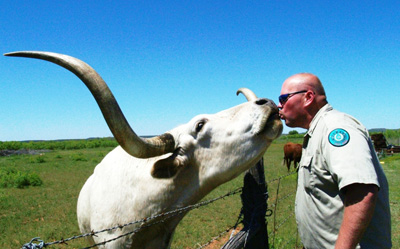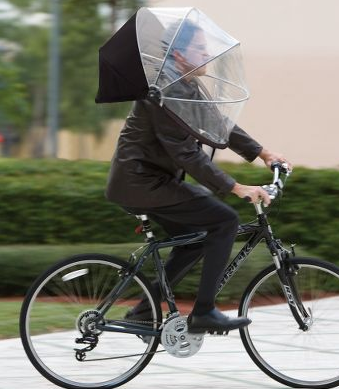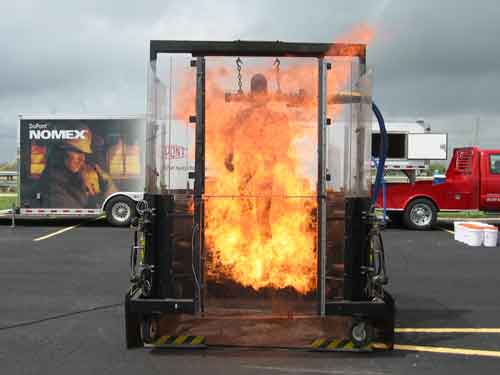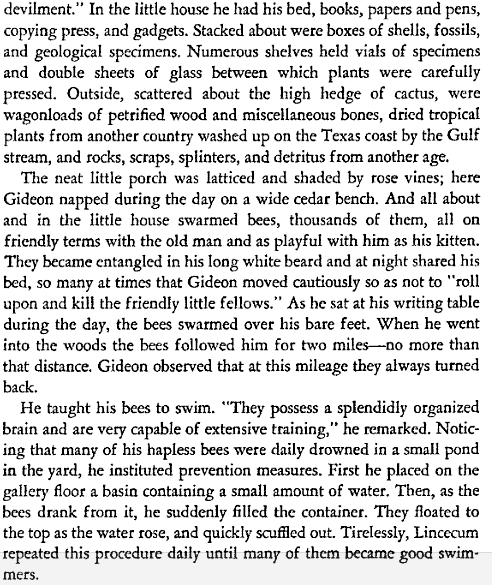CO2 SCHOOL (Jointly sponsored by APTA and Midland College’s PPDC) Register Now
(PTRT 1091) – Class will be held January 2011!
January 24 – 27, 2011
Course# G094 102Q
Monday – Thursday
Location: Midland College PPDC Building, 105 W. Illinois Ave. (Midland, Texas)
Fee: $1,895; Out of State $1,920 (The fee covers the following: Course Instruction, Course Materials and One-Day Field Trip).
8:00 am – 5:00 pm
3.2 CEU’s
Instructors: Stephen Melzer; Robert Trentham, Ph.D.; Robert D. Kiker
Day One: Overview of the Elements of CO2 Flooding
- The History and Current Status of CO2 Flooding
- CO2 Sources, Natural and Anthropogenic (Man-Made), and the Properties of CO2
- The Convergence of Carbon Management and CO2 EOR
- CO2 Transportation and Injection – Pipelines, Trucking, Metering
- Reservoir Response – Miscible, Immiscible, Gravity Stable, Processing Rates, Examples
- CO2 Recycling, Plants & Processing – Dehydration, Sulfur/NGL Separation, Compression
- Downhole and Wellsite Equipment Needs
- Key Elements of Reservoir Geology
- Overview: The Business of CO2
Day Two: Evaluating a Candidate Flood, Reservoir Response and Flood Operations
- Flood Prospects: The Initial Evaluation and the Concept of Screening
- Flow Units and Reservoir Compartmentalization
- Modeling the Reservoir and Waterflood Response – Sweep Efficiency Concepts and Rules of Thumb
- Geophysical Techniques
- Normalizing Flood Response – Actual Examples
- CO2 Flood Response Modeling Techniques
- Economic Modeling
- Key Features of CO2 Flood Operations
- Downhole Considerations
- Operational Features Peculiar to CO2 – Beyond Waterflooding
- Surveillance and Flood Monitoring
Day Three: CO2 Facilities and Field Trip
- Dehydration Processes
- Compression Facilities
- Sulfur Removal
- Natural Gas Liquids Removal
- Integrated Plants
- Full Stream (Gas) Reinjection
- Field Visit to a CO2 Flood and Facility
- Tour of CO2 Production and Injection Facilities
- Tour of Recycle/Processing Facilities
Day Four: CO2 Production and The Business of CO2 Flooding
- Land/Mineral Considerations
- Longevity of Example Floods
- Reservoir Processing Rates and Rates of Return
- Major Elements of Costs/Revenue
- Parametric Sensitivities
- Fundamentals of CO2 Supply Contracts
- Course Discussion and Evaluations




